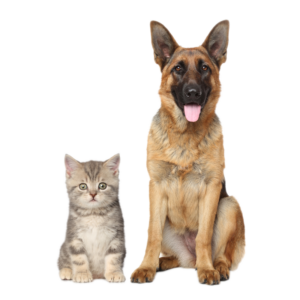Signs of aging appear little by little over time: a greying coat, loss of agility, reduced hearing and eyesight, changes in appetite, or more time spent resting and sleeping. As a pet owner, it’s important accept and adapt to these changes so you can offer your pet the best possible quality of life.
When is my pet considered to be a senior?
Your pet is considered senior at age 7.
How often should I bring my senior pet to the vet?
At this age, your pet’s annual checkup is especially important because their body is changing rapidly. Their organs, bones and joints age much faster than ours do. It’s best to bring your pet in for a checkup twice a year (every 6 months). Your veterinarian will take into account your pet’s health and let you know the best schedule.
Can a disease be diagnosed based on geriatric blood tests alone?
While geriatric blood tests take into account many elements (organ functioning, thyroid hormones, hydration levels, and possible anemia, infection or inflammation) further testing might be necessary to confirm a diagnosis.
Do I need to change my pet’s food once they reach old age?
Your pet’s energy levels change as they get older. There are certain kinds of pet foods that are more easily absorbed into the digestive system, that can help reduce joint pain and improve your pet’s cognitive health.
What kind of physical activity do you recommend for older animals?
To stay healthy, your pet needs to be active every day. That said, once your pet is older, they will need to take shorter walks than they used to. Jumping should be avoided because it’s hard on their joints. Try to find gentler, more age-appropriate games.



